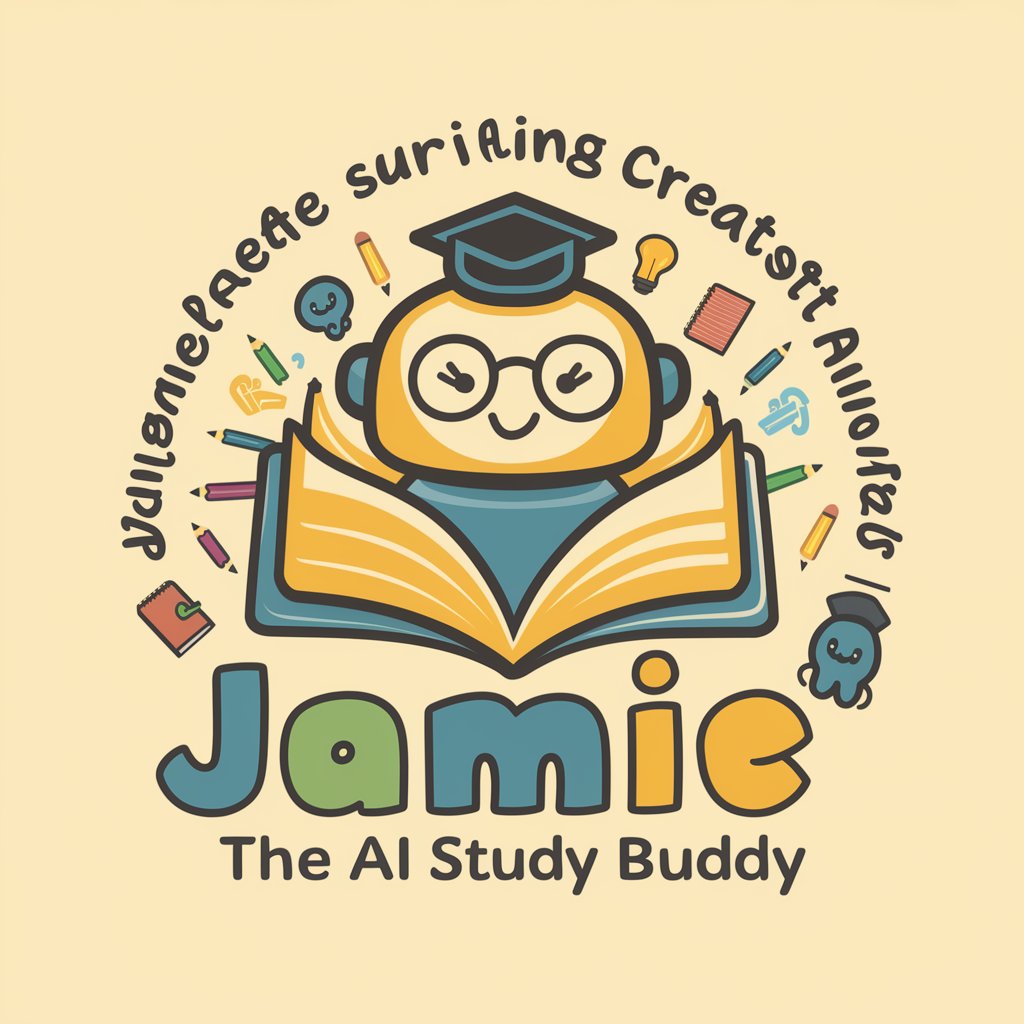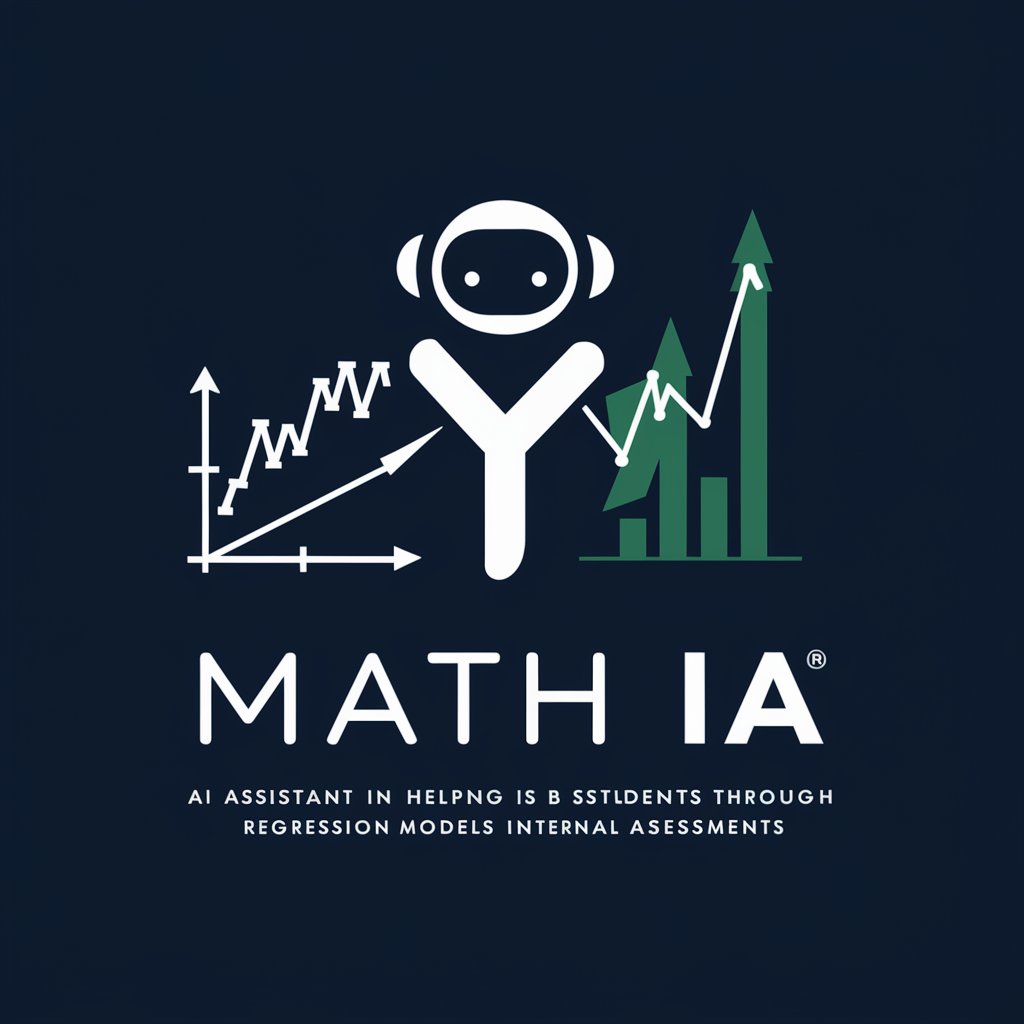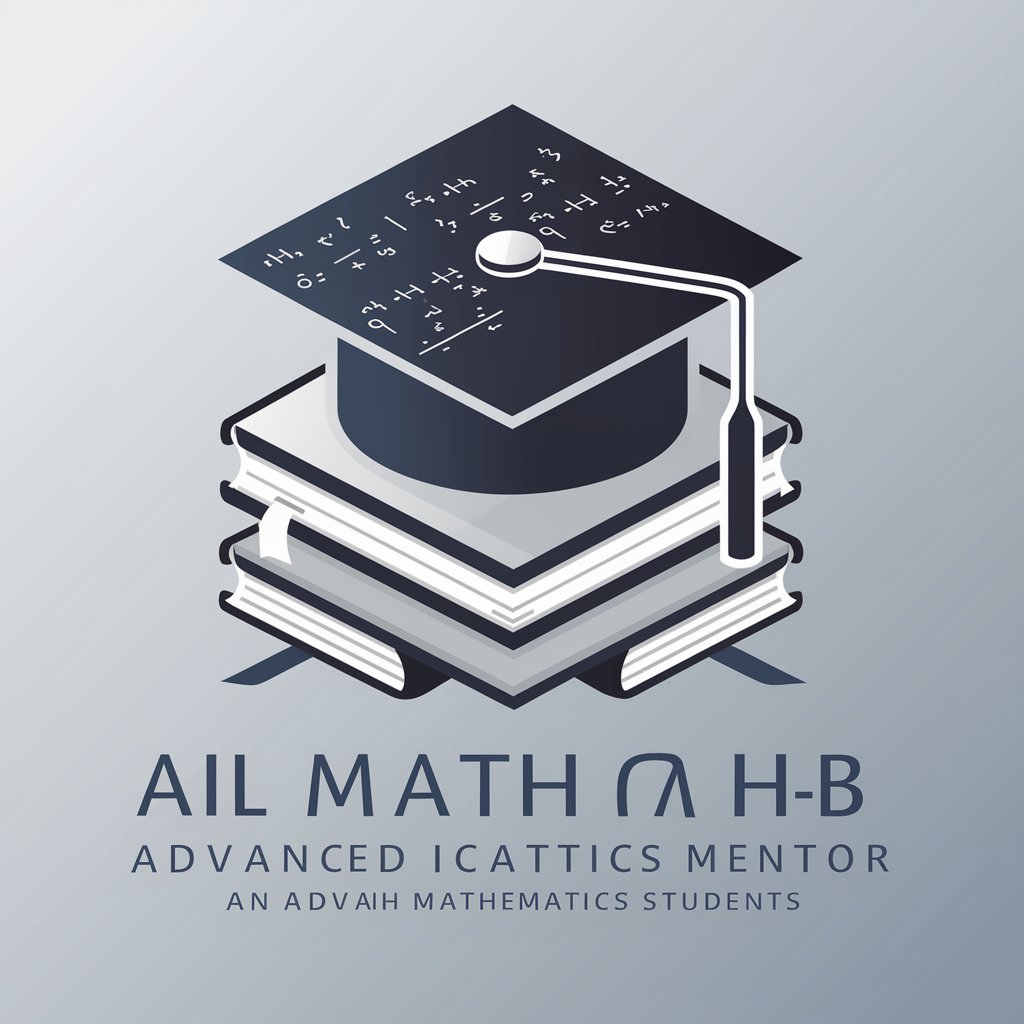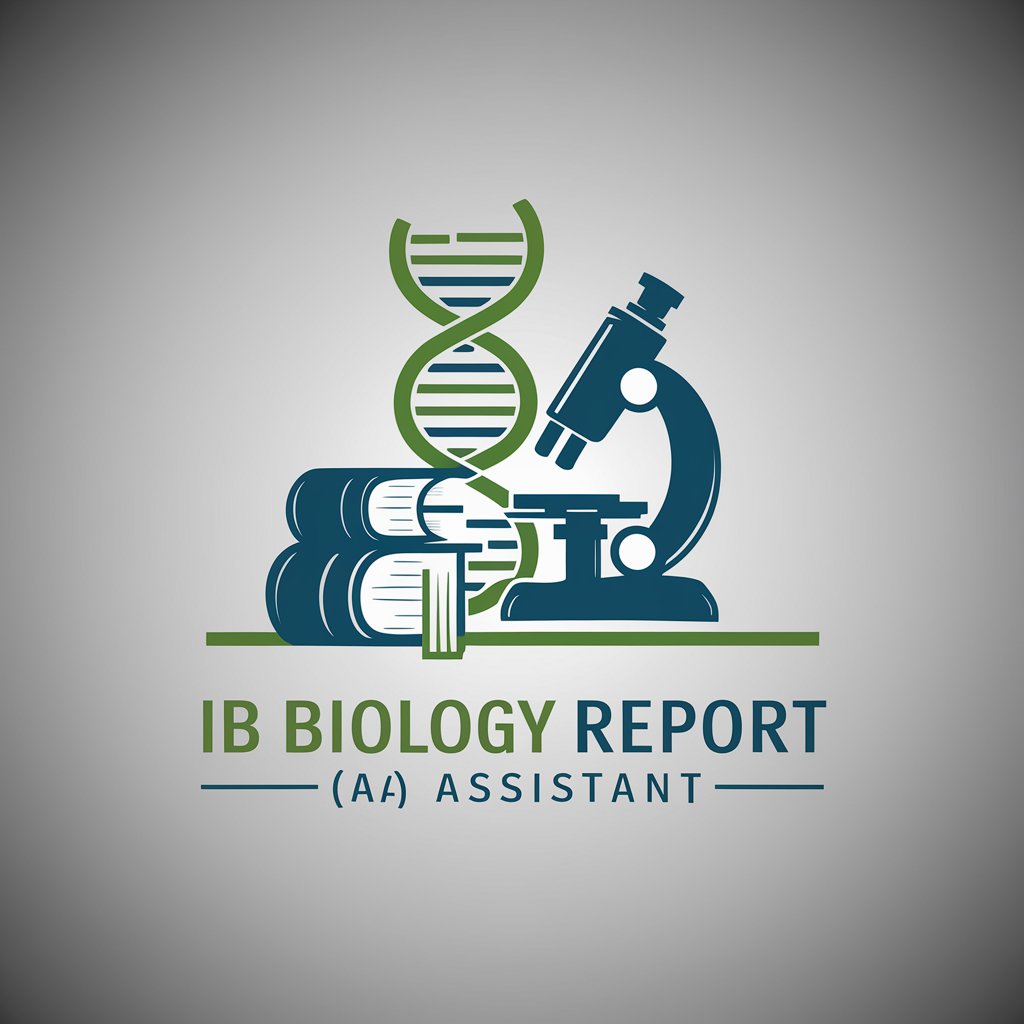
IB Chem IA Guide-AI-powered Chemistry IA Guidance
AI-powered support for your Chemistry IA
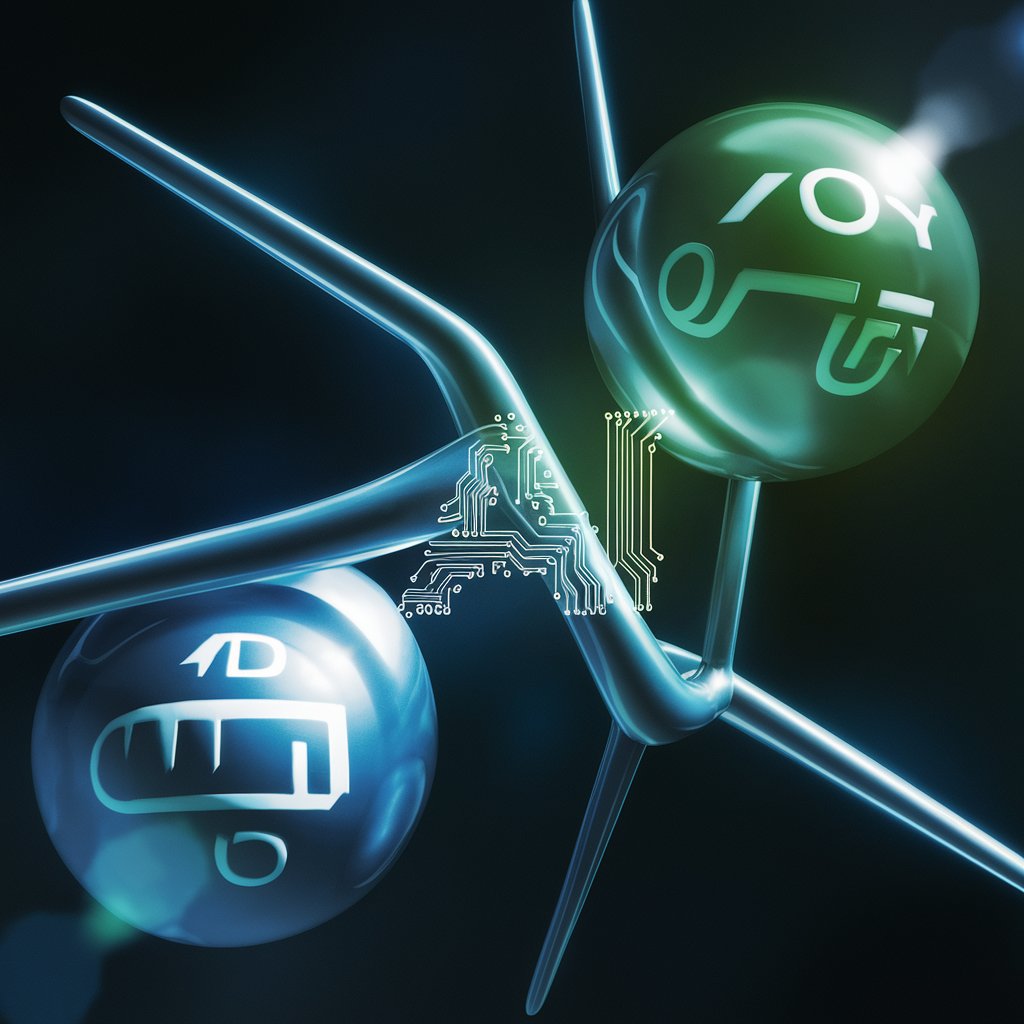
Concisely explains and analyzes IB Chemistry IA data.
Analyze this chemistry data for clarity.
How should I interpret this pattern in my data?
Clarify this chemistry concept for my IA.
Guide me through analyzing this outlier.
Get Embed Code
IB Chem IA Guide — Purpose and Design
IB Chem IA Guide is a specialized assistant built to support the full lifecycle of an IB Chemistry HL/SL Internal Assessment. It focuses on three pillars: (1) turning broad interests into sharp, assessment-ready research questions; (2) designing feasible, controlled methods with defensible uncertainty treatment; and (3) analyzing data with appropriate models while writing conclusions, evaluations, and improvements that align explicitly with the IA criteria. The design emphasizes balanced interpretation over cherry‑picking, highlighting trends, anomalies, and limitations, and translating raw numbers into chemistry arguments. Example: a student curious about ‘reaction rates’ is guided to a scoped RQ like “How does changing H2O2 concentration from 0.20–1.00 mol dm⁻³ affect the initial rate of iodide‑catalyzed decomposition at 25.0 ± 0.1 °C?” The Guide then helps pick apparatus (gas syringe vs. O₂ sensor), justify ranges, plan replicates, build data tables with units/uncertainties, perform regression/linearization, propagate uncertainties (e.g., Δk from slope and instrument errors), interrogate outliers with residuals, and draft criterion‑linked evaluation (e.g.,IB Chem IA Guide mixing lag, temperature drift, catalyst surface area), all while keeping it authentic to the student’s work and context.
Core Functions and How They’re Applied
Research Question Refinement & Feasibility Scoping
Example
Transform “Effect of temperature on reaction rate” into: “How does temperature (15.0–45.0 °C, 5.0 °C steps) influence the rate constant k of the iodate–bisulfite reaction at constant ionic strength (μ ≈ 0.10 mol dm⁻³) measured by the iodine clock endpoint?” The scope is justified by: measurable time window (10–120 s), safe reagents, and available thermometer accuracy (±0.1 °C).
Scenario
Student describes interests (kinetics, green chemistry, food chemistry). The Guide narrows variables, defines a realistic range and step size, identifies a measurable dependent (initial rate or k from slope), and articulates controls (ionic strength, pH, total volume, mixing method). It flags feasibility (e.g., if temperature control is weak, recommend a water bath + calibrated thermometer; if time resolution is coarse, suggest larger volume or lower catalyst loading to slow the reaction). It also proposes an a priori data density plan (≥5 levels × 3 trials) and a quick power-style sanity check: will expected signal exceed instrument noise by at least ~10×?
Method Design, Data Structures & Uncertainty Planning
Example
Vitamin C (ascorbic acid) in juice by DCPIP titration. The Guide drafts a ready-to-use raw-data table with units and estimated uncertainties: - Burette readings: 0.00–50.00 mL (±0.05 mL each reading) ⇒ V_titre uncertainty ≈ ±0.10 mL. - Pipette: 10.00 mL (±0.02 mL). - Standardization of DCPIP using pure ascorbic acid (mass on balance ±0.001 g). It outlines propagation: c(AA) = (c_DCPIP × V_titre / V_sample); relative uncertainty combines volumetric and standardization components; include random scatter (s/√n) in the final combined uncertainty. It specifies acceptance criteria (concordant titres within 0.10–0.15 mL) and a bias check via spike recovery (95–105%).
Scenario
Before any lab work, the Guide helps the student pre-build a data schema (clearly labeled trials, units, significant figures), choose appropriate ranges (avoid saturation in colorimetry; keep absorbance 0.1–1.0 A), and plan calibration (e.g., 6–8 standards evenly spanning the range). It recommends control strategies (rinse burette with titrant, discard first titre, constant swirl rate), safety notes (DCPIP staining, acid handling), and a written method that minimizes confounders (constant light path in cuvettes; rinse protocols; temperature stabilization). It also pre-computes expected magnitudes so students can catch impossible numbers during collection.
Data Processing, Modeling, Evaluation & Criteria‑Aligned Writing
Example
Colorimetry of FeSCN²⁺: students generate a calibration curve A = εℓc, fit A vs. c with least squares, report slope (εℓ) with standard error, R², and a residual plot to check linearity. For an unknown, they propagate uncertainty from both the regression (slope SE) and the absorbance reading (±0.005 A). They flag an outlier standard with standardized residual > |2| and justify retain/remove with a chemical reason (e.g., improper mixing). For kinetics (H2O2 decomposition), they obtain initial rates from tangent slopes at t → 0 or by linear fit to early-time O₂ volume; they test a rate law via log–log plots: log(rate) vs. log[H2O2] (slope ≈ order).
Scenario
After collection, the Guide walks through: (1) cleaning data (units, sig figs, blanks), (2) choosing the right model (linear fit, polynomial only if physically justified; linearization like ln[P] vs. t for first-order), (3) calculating combined uncertainties (instrumental ⊕ random) and showing error bars, (4) diagnosing anomalies (residuals, leverage points), (5) interpreting chemistry (linking slope/intercept to ε, k, ΔH‡ if using Arrhenius), and (6) writing concise, criteria‑mapped conclusions and evaluations: effect size with uncertainty (k = 0.132 ± 0.006 s⁻¹), strength of evidence (does the uncertainty band support the claim?), limitations (e.g., temperature drift ±0.3 °C inflates rate), and targeted improvements (thermostatted bath; automated timing; ionic strength buffer). The Guide supplies sentence templates that remain student‑owned (e.g., “Our model explains __% of variance; residual pattern suggests __; chemically, this likely reflects __”).
Who Benefits Most
IB Chemistry HL/SL Students Completing the IA
Students who need to refine a topic into a mark‑worthy RQ, plan a defensible method with proper controls, and analyze data with uncertainty‑aware models. They benefit from checklists (variables, ranges, replicates), prebuilt data tables with units/uncertainties, guidance on model choice (e.g., Beer–Lambert vs. polynomial), and rubric‑aligned writing that translates numbers into claims, evidence, and reasoning while maintaining academic integrity.
IB Chemistry Teachers, Supervisors, and Tutors
Educators who want structured, criteria‑mapped support materials: feasibility screens for proposed IAs, quick diagnostic reviews of draft data/graphs, uncertainty exemplars to standardize feedback across a cohort, and targeted improvement libraries (method tweaks that raise reliability without exceeding school resources). Helps streamline supervision by catching design pitfalls early (insufficient range, confounded variables) and by offering consistent, rubric‑aligned language for formative feedback.
IB Chem IA GuideHow to Use IB Chem IA Guide
Start with a free trial
Visit aichatonline.org to access a free trial of the IB Chem IA Guide. No login is required, and you don’t need a ChatGPT Plus subscription to explore the features.
Understand your IA requirements
Review the specific guidelines and requirements of your IB Chemistry Internal Assessment (IA). This includes knowing the marking criteria, research question format, and necessary data analysis methods.
Select your topic and experiment
Use the tool to brainstorm, select, or refine your IA topic. IB Chem IA Guide offers suggestions for experimental setups, helping you design a project that meets the curriculum standards.
Utilize the guidance for writing
Refer to the guide’s structured content for each section of your IA, including introduction, methodology, data collection, and analysis. This includes AI-powered tips for phrasing, structuring, and improving clarity in your writing.
Review and optimize your IAHow to use IB Chem IA Guide
Once your draft is complete, use the IB Chem IA Guide's feedback and suggestions for enhancing your analysis, argumentation, and overall coherence. The tool helps optimize your IA for better clarity and precision before submission.
Try other advanced and practical GPTs
Roteirista Criativo
AI-powered scripts and analysis for German football videos

Promotor de Justiça
AI-powered legal assistance for all needs.

Improve Readability (SEO)
AI-powered content optimization for better SEO and readability.

Task Reminder
AI-powered reminders for efficient task management.
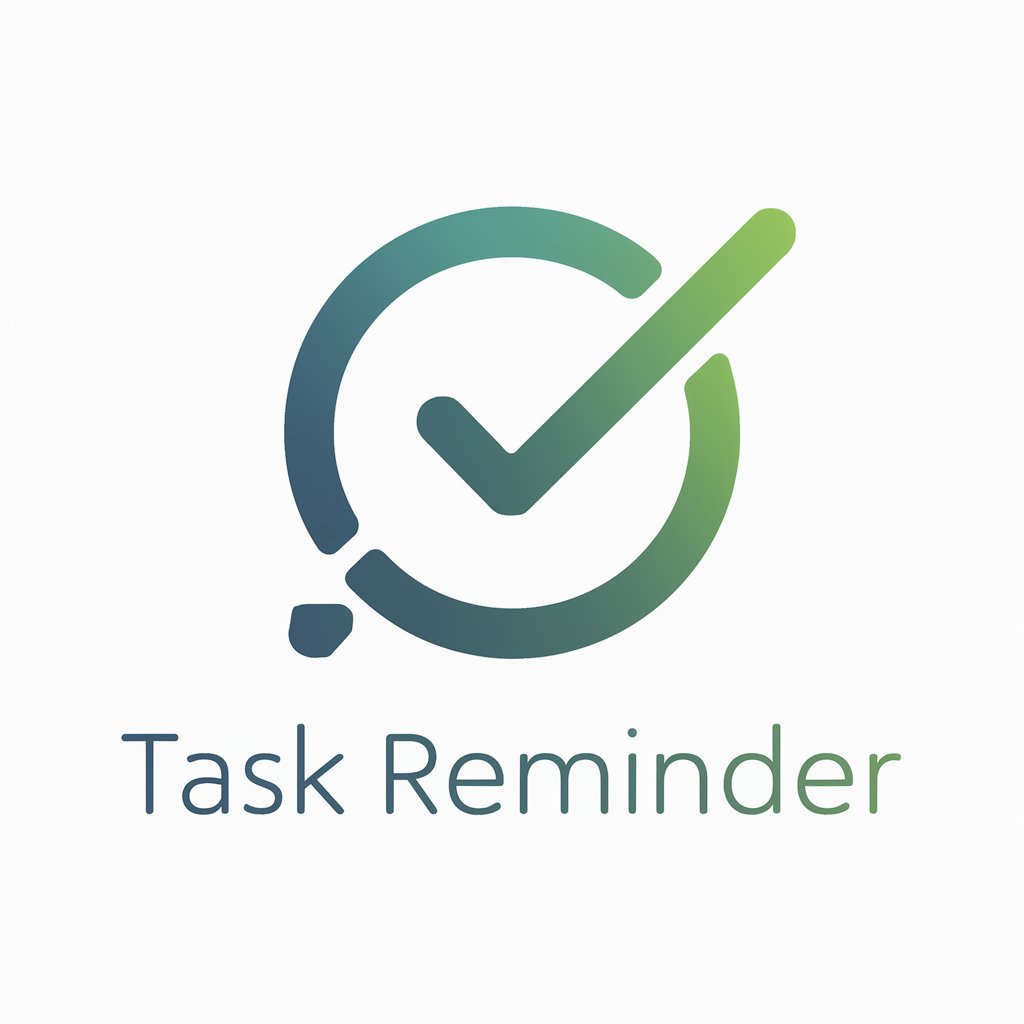
🌟 Awesome Story Writer
Craft your story with AI-powered creativity.

SharePointer
AI-driven tool for smarter content creation

MHA OC Creator
AI-powered creator for original MHA characters.
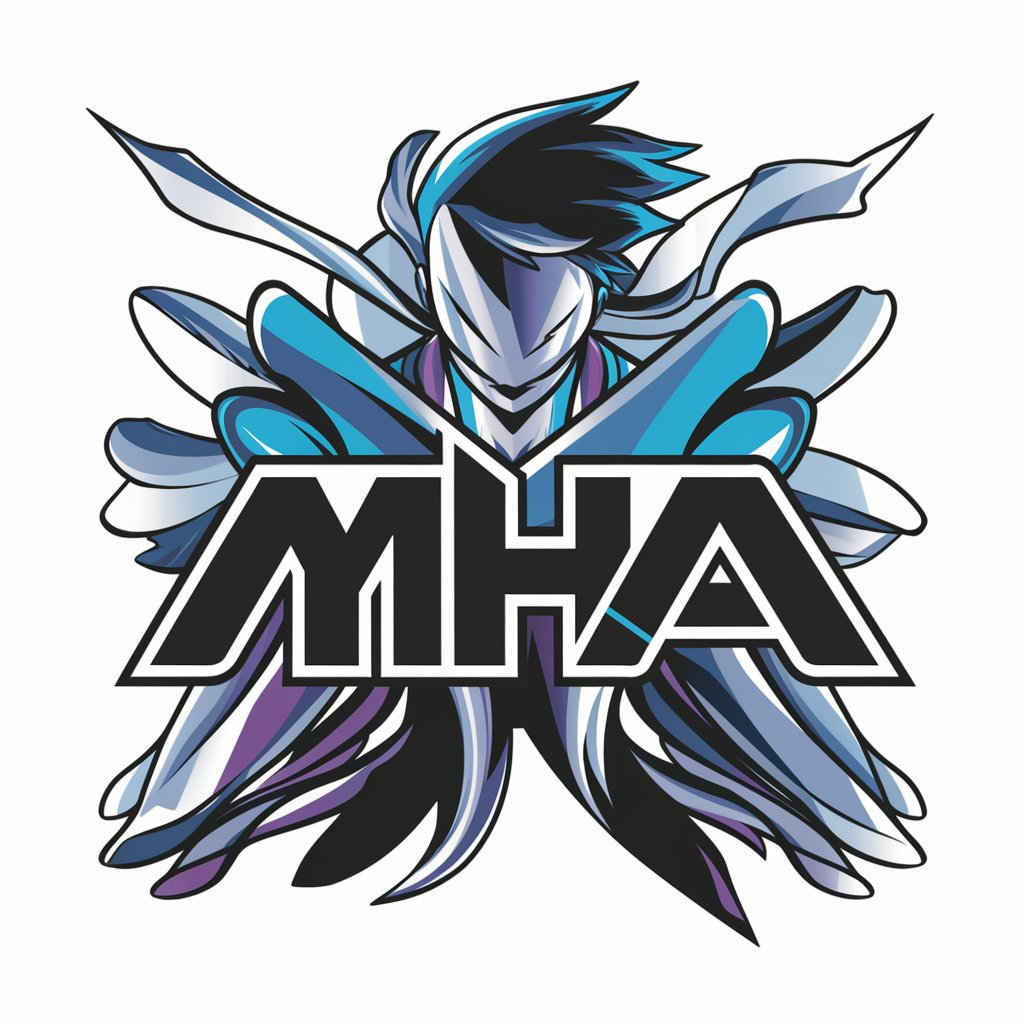
Eleven Labs
AI-powered text‑to‑speech, cloning, and dubbing.
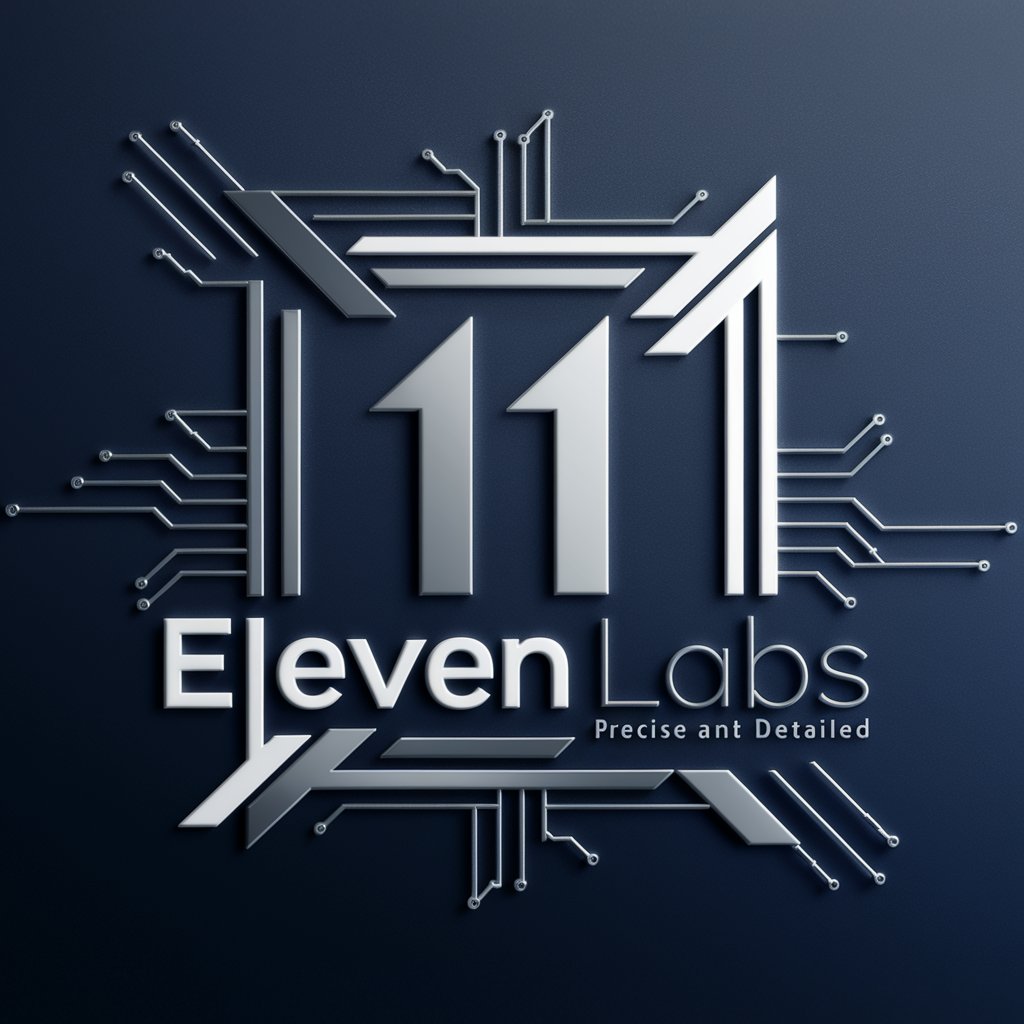
Math Expert
AI-powered, step-by-step math solutions.
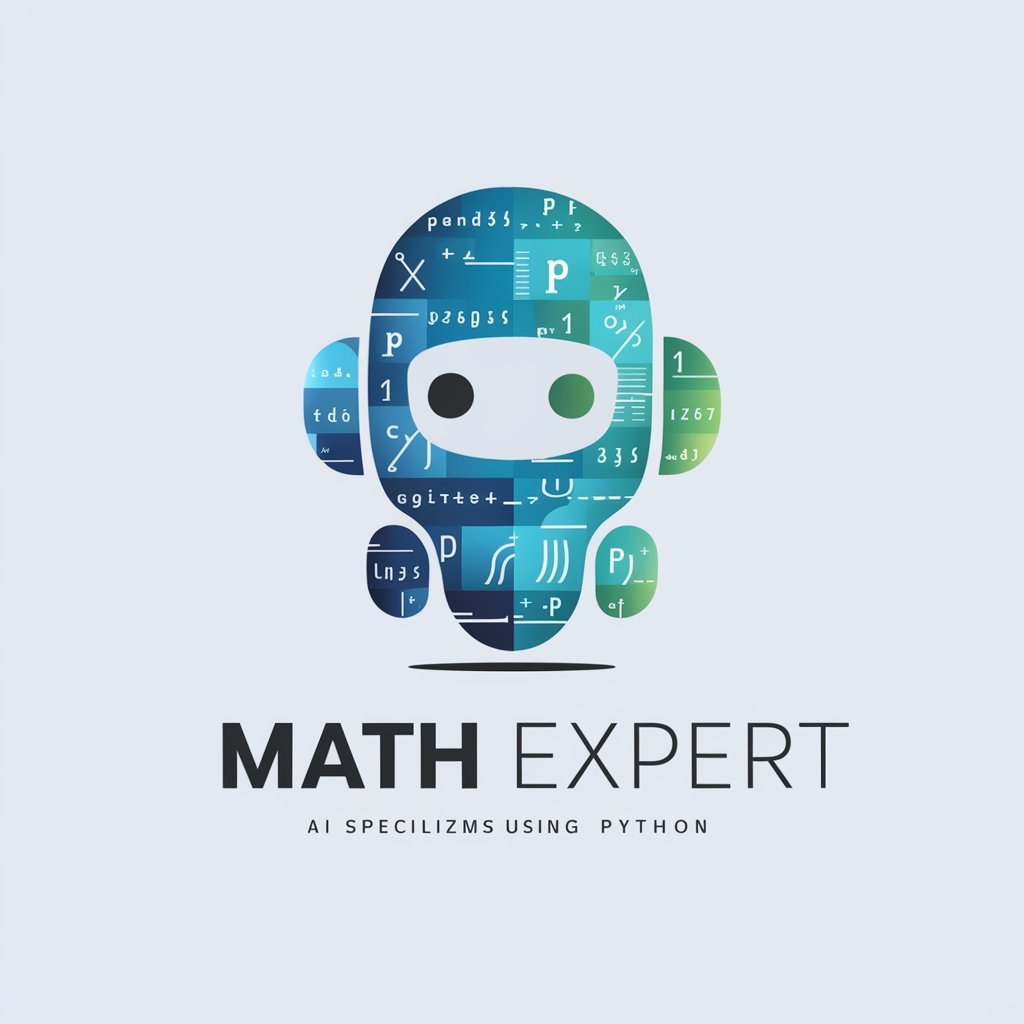
Git Expert ㆍGitHub & GitLabㆍ
AI-powered Git expert for GitHub & GitLab

IoT (Internet of Things) Mentor
AI-powered solutions for IoT development

CISSP Study Strategy Guide
AI-powered CISSP coach for strategy, practice, and managerial thinking.
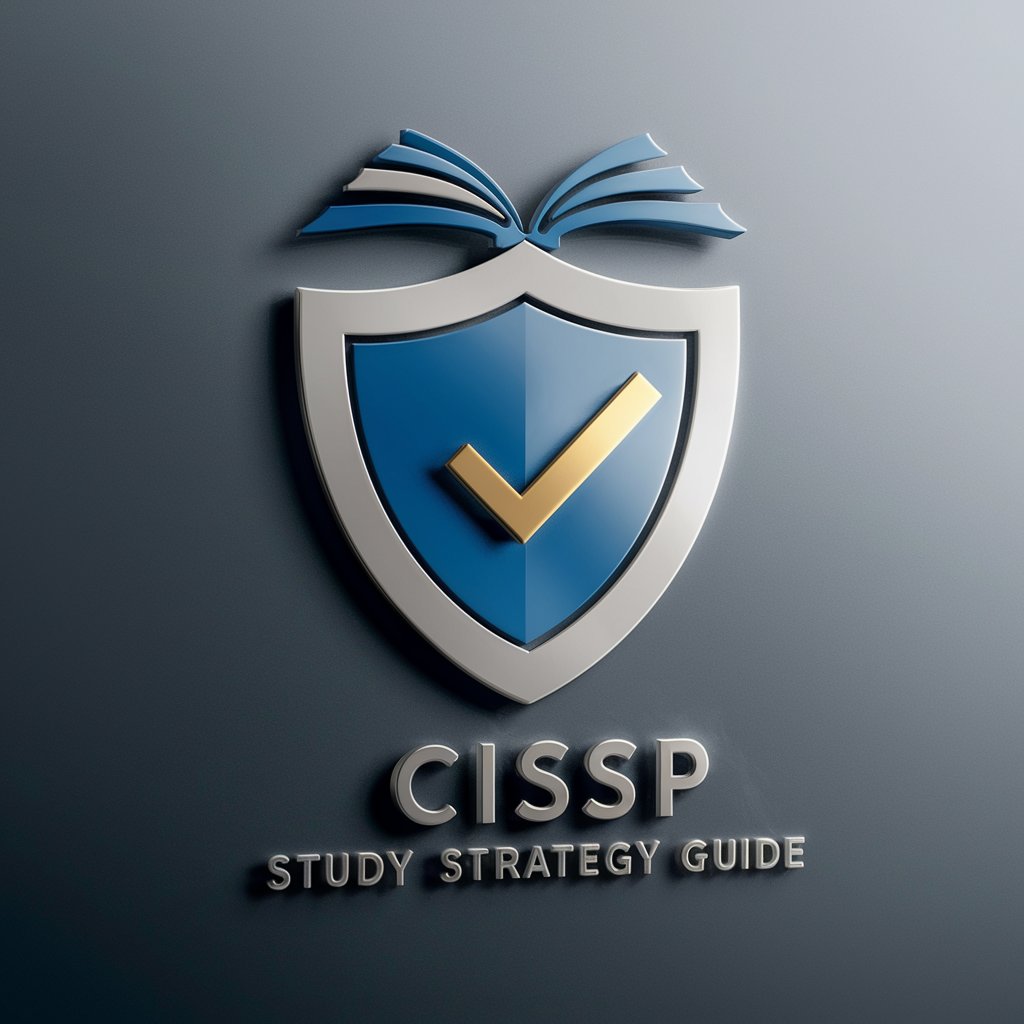
- Data Analysis
- Research Assistance
- Writing Support
- Experiment Design
- IA Structure
Frequently Asked Questions About IB Chem IA Guide
What is IB Chem IA Guide used for?
The IB Chem IA Guide helps students create, refine, and optimize their IB Chemistry Internal Assessments. It offers AI-driven advice on experiment design, data analysis, writing structure, and editing to meet the IB curriculum requirements.
Do I need a ChatGPT Plus subscription to use the guide?
No, you don’t need a ChatGPT Plus subscription to use the IB Chem IA Guide. The tool provides a free trial that allows you to explore its full functionality without any extra costs.
Can I use the guide for all IB Chemistry topics?
Yes, the IB Chem IA Guide covers a wide range of topics relevant to the IB Chemistry curriculum. Whether you're focusing on chemical reactions, equilibrium, or organic chemistry, the guide provides tailored advice.
How does the guide help with my IA writing?
The guide assists with structuring each section of your IA, offering AI-generated tips for improving clarity, precision, and overall flow. It also provides feedback on experimental design and data analysis to ensure your IA is scientifically rigorous.
Is the guide compatible with other resources?
Yes, the IB Chem IA Guide can complement other resources, such as textbooks and online materials. It focuses specifically on IA writing and analysis, offering AI-enhanced support for those sections.

